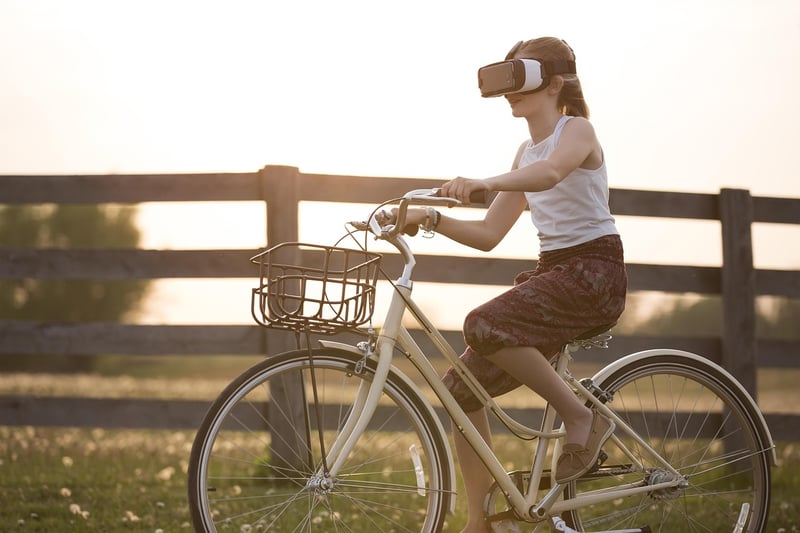Alternate Realities
Exploring the Past, Present, and Future of Alternate Realities
Alternate realities have long been a fascinating subject, captivating the imagination of many. From science fiction novels to blockbuster movies, the concept of alternate realities offers a glimpse into what could have been or what might be. Let's dive into the past, present, and potential future of alternate realities.
The Past: Historical Perspectives
In the past, alternate realities were often explored through myths, folklore, and religious texts. Ancient civilizations had stories about parallel worlds, gods, and other dimensions. These narratives shaped perceptions of reality and inspired generations to ponder the existence of alternate realms beyond our own.
The Present: Science and Technology
Today, advancements in science and technology have brought the idea of alternate realities closer to reality. Theoretical physicists delve into the concept of multiverses, where infinite universes exist alongside our own. Virtual reality and augmented reality technologies allow us to experience simulated worlds that blur the lines between what is real and what is not.
Exploring Virtual Realities
Virtual reality (VR) immerses users in digital environments that can mimic real-world settings or transport them to fantastical realms. From gaming to training simulations, VR opens up new possibilities for experiencing alternate realities firsthand.
Augmented Realities
Augmented reality (AR) overlays digital information onto the physical world, enhancing our perception of reality. Whether through smartphone apps or smart glasses, AR bridges the gap between our world and digitally created realms, offering a unique way to interact with alternate realities.
The Future: Possibilities and Speculations
Looking ahead, the future of alternate realities holds endless possibilities. As technology continues to advance, we may see even more immersive virtual worlds, AI-generated simulations, and interconnected digital ecosystems that redefine how we perceive reality.
Emerging Trends
Emerging technologies like quantum computing, artificial intelligence, and neural interfaces could revolutionize our understanding of alternate realities. The convergence of these fields may lead to breakthroughs that enable us to explore parallel universes, alternate timelines, and entirely new dimensions.
Ethical and Philosophical Considerations
As we push the boundaries of alternate realities, ethical and philosophical questions arise. How do we differentiate between what is real and what is fabricated? What are the implications of blurring the lines between physical and digital existence? These are complex issues that will shape the future of how we interact with alternate realities.
Conclusion
Alternate realities offer a captivating journey through the past, present, and future of human imagination. From ancient myths to cutting-edge technologies, the exploration of parallel worlds continues to evolve, sparking curiosity and pushing the boundaries of what is possible. As we venture into unknown realms, we are reminded that reality is not always as it seems, and the potential for alternate realities is as vast as the human mind can dream.

For more information on alternate realities and related topics, check out Space.com's Alternate Realities Section.
